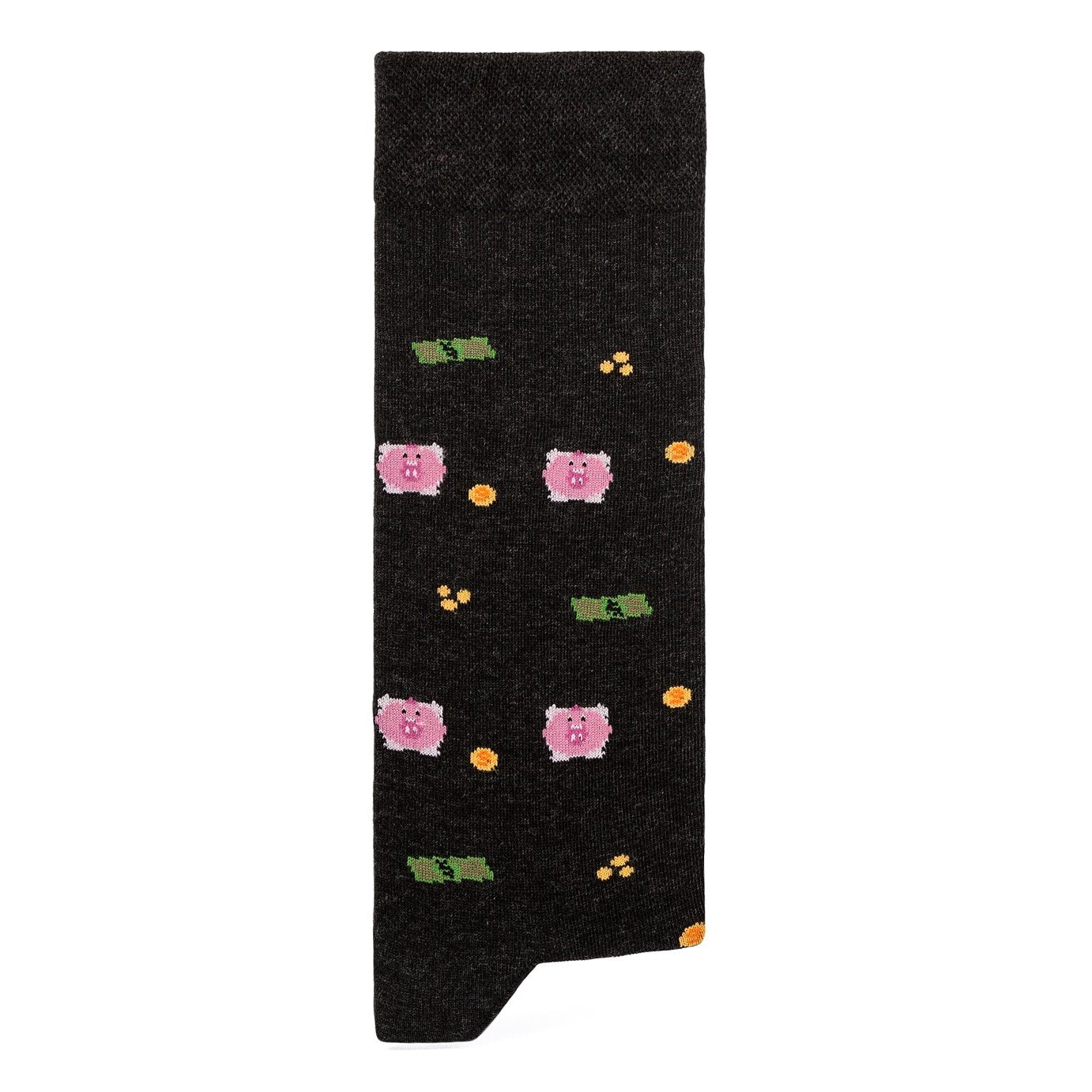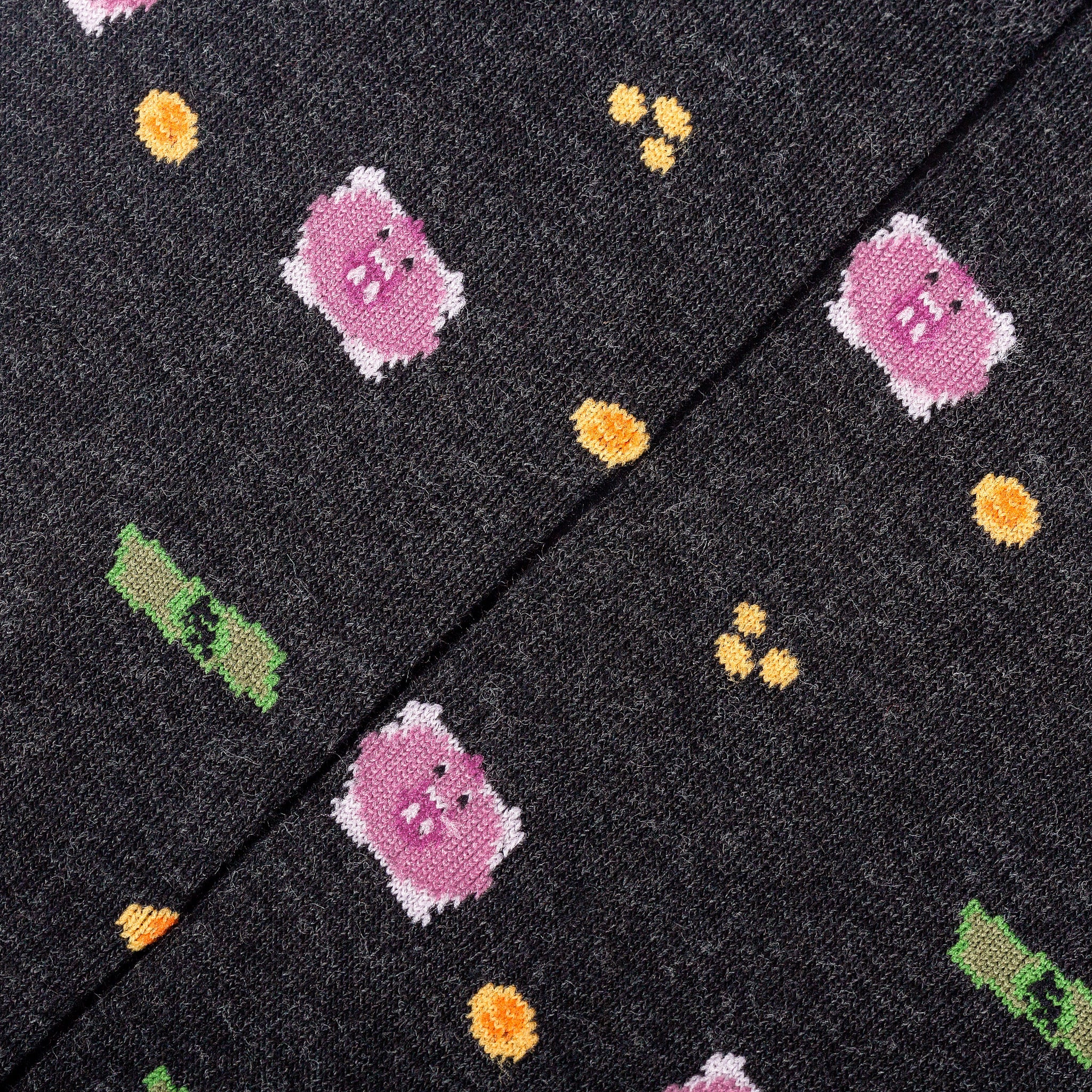



MONEY Socks
Tax included.

powered by

% CO2e
Below category's global average
Product Life Cycle Analysis
0%
Raw Materials
Extraction and processing of raw materials (agriculture, mining, logging) create environmental impacts before manufacturing begins.
0%
Manufacturing
Production consumes energy, water, and other raw materials, resulting in emissions and natural resource depletion.
0%
Packaging
Packaging materials such as plastic, paper and metal are used to accommodate and transport the product, contributing for their carbon footprint.
0%
Distribution
The transportation of goods generates greenhouse gas emissions, influenced by transport type, distance, and logistics.
0%
Use Phase & End of Life
Product usage may consume energy and resources through a certain lifespan, while its disposal may result in landfilling, incineration and recycling, releasing greenhouse gases.
A product life cycle analysis (LCA), in terms of carbon footprint, assesses the total greenhouse gas emissions generated at each stage of a product’s life, from raw material extraction to production, distribution, use, and disposal.
Money Socks: Protecting you from unnecessary expenses and show everyone that you are a person who can save. :)
Produced with the best Organic combed cotton, for true softness.
Socks guaranteed to stay put all day under the toughest circumstances.
Details
Crafted with 200 needles
Seamless
Oxford finishing
Composition: 80% Organic Combed Cotton :: 17% Polyamide :: 3% Elastane
For better results, wash inside out.
Choose options




MONEY Socks
Sale price€13.50 EUR
Tax included.

powered by

% CO2e
Below category's global average
Product Life Cycle Analysis
0%
Raw Materials
Extraction and processing of raw materials (agriculture, mining, logging) create environmental impacts before manufacturing begins.
0%
Manufacturing
Production consumes energy, water, and other raw materials, resulting in emissions and natural resource depletion.
0%
Packaging
Packaging materials such as plastic, paper and metal are used to accommodate and transport the product, contributing for their carbon footprint.
0%
Distribution
The transportation of goods generates greenhouse gas emissions, influenced by transport type, distance, and logistics.
0%
Use Phase & End of Life
Product usage may consume energy and resources through a certain lifespan, while its disposal may result in landfilling, incineration and recycling, releasing greenhouse gases.
A product life cycle analysis (LCA), in terms of carbon footprint, assesses the total greenhouse gas emissions generated at each stage of a product’s life, from raw material extraction to production, distribution, use, and disposal.
